Innovating is a constant at Trex. Because anything worth doing is worth doing exceedingly well.
As fire codes evolve to meet changing conditions, so do we. That’s why we continuously refine our composite decking, tackling every challenge with the grit and expertise that define the Trex way. We never stop.
Because a deck isn't just a structure. It's where you sip coffee, referee science experiments, and argue over how many times to flip a burger before adding the cheese.
You Can Always Replace a Deck.
If you're dreaming of a new deck and you live in an area that's at high risk for wildfires, please take the time to learn your local fire codes. Granted, a lot of these fire codes might seem like a confusing and impossible-to-navigate roadblock between you and your new deck.
But they serve an extremely useful purpose.
They exist to protect you, your investment, and all the things that bring life to it. Your new grill. Your dog who thinks every guest is there just to see them. And most of all, the people who gather around your table in mismatched chairs.
Nobody wants to be caught saying woulda, coulda, shoulda. Know the codes and you'll be ahead of the game. And, that'll save your time, money, and sleepless nights.
You Can Always Replace a Deck.
If you're dreaming of a new deck and you live in an area that's at high risk for wildfires, please take the time to learn your local fire codes. Granted, a lot of these fire codes might seem like a confusing and impossible-to-navigate roadblock between you and your new deck.
But they serve an extremely useful purpose.
They exist to protect you, your investment, and all the things that bring life to it. Your new grill. Your dog who thinks every guest is there jsut to see them. And most of all, the people who gather around your table in mismatched chairs.
Nobody wants to be caught saying woulda, coulda, shoulda. Know the codes and you'll be ahead of the game. And, that'll save your time, money, and sleepless nights.
Wildfires Don't Ask For Permission
WUI Compliance Rating
The Wildland Urban Interface (WUI) isn't a name on a map—it's a reality you live in, whether you realize it or not. It's where the wild, unpredictable forces of nature meeting the familiar comfort of your home— and where fire, once sparked, doesn't bother knocking. It comes right in.
While WUI zones are most common in California and out west, there's a growing number of communities across the U.S. — over 60,000—now facing the threat of wildfires. It's a wake-up call. Local building codes are evolving in response, requiring fire-resistant materials to be used in construction projects, especially decks.
Trex’s collection of WUI-Compliant decking is built to rise to the challenge.
Here's the thing: wildfires spread faster that you can react. It's not just the flames; it's the embers that fly and land where they shouldn't. WUI-approved decking materials are designed with one purpose and one purpose only—to resist flame spread from those embers.
Wildfires Don't Ask For Permission
WUI Compliance Rating
The Wildland Urban Interface (WUI) isn't a name on a map—it's a reality you live in, whether you realize it or not. It's where the wild, unpredictable forces of nature meeting the familiar comfort of your home— and where fire, once sparked, doesn't bother knocking. It comes right in.
While WUI zones are most common in California and out west, there's a growing number of communities across the U.S. — over 60,000—now facing the threat of wildfires. It's a wake-up call. Local building codes are evolving in response, requiring fire-resistant materials to be used in construction projects, especially decks.
Here's the thing: wildfires spread faster that you can react. It's not just the flames; it's the embers that fly and land where they shouldn't. WUI-approved decking materials are designed with one purpose and one purpose only—to resist ignition from those embers.
Our Collection of WUI Compliant Decking
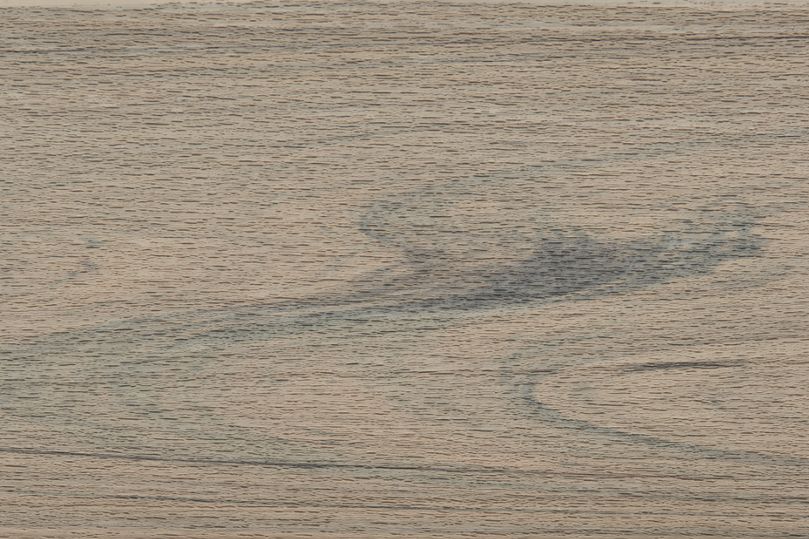
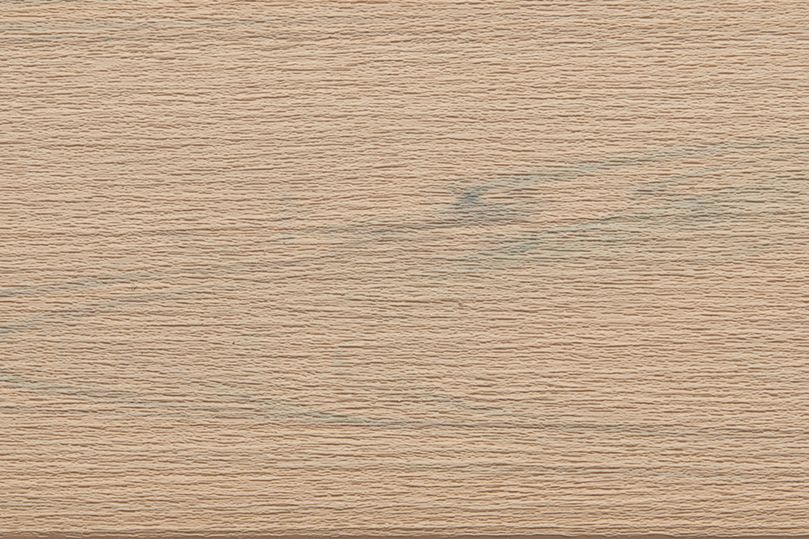
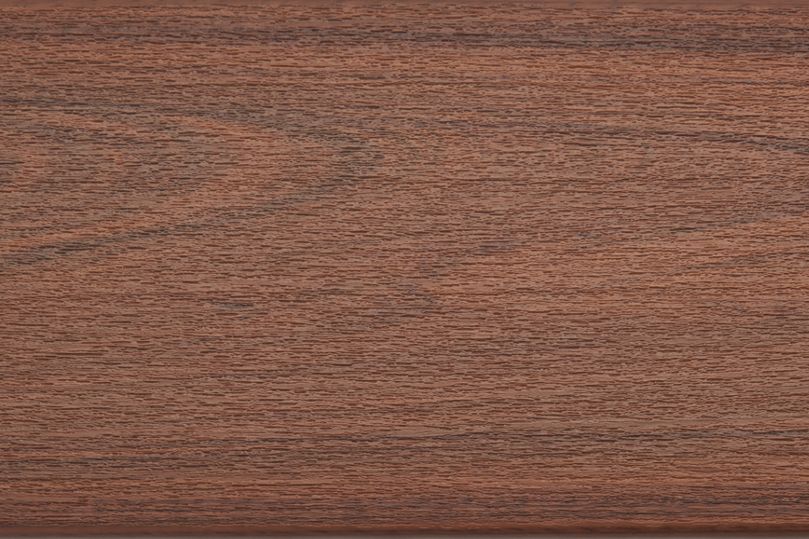
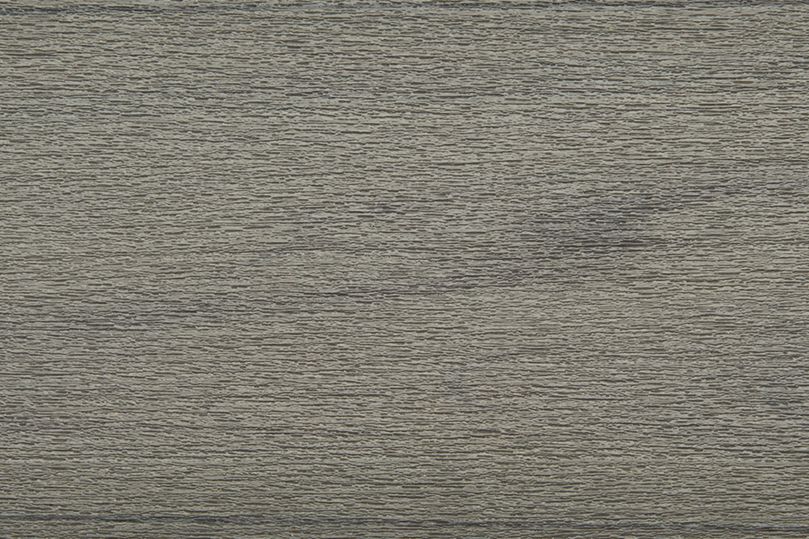
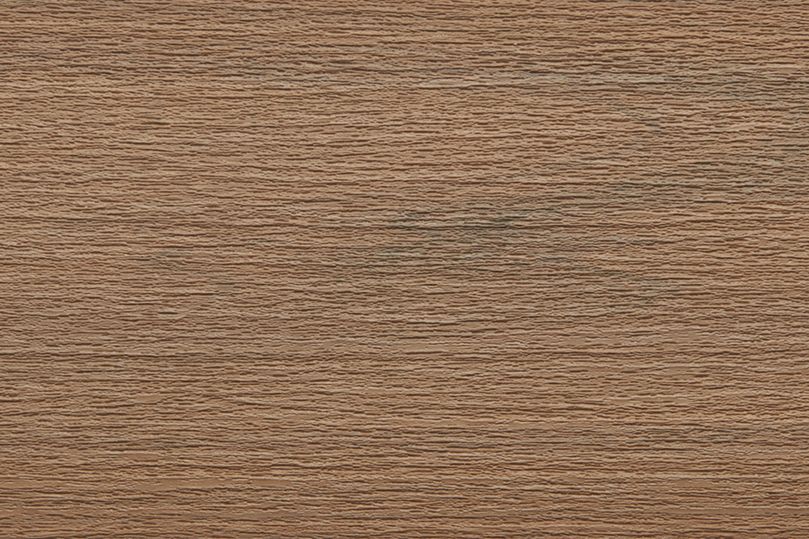
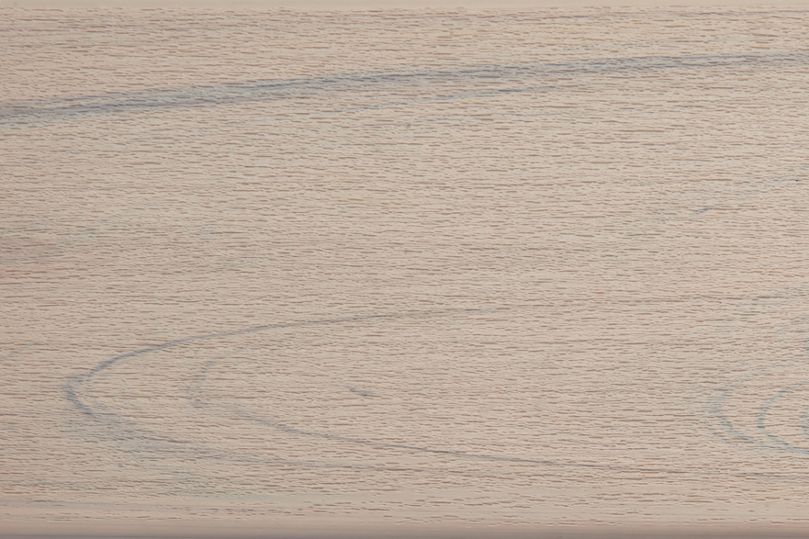
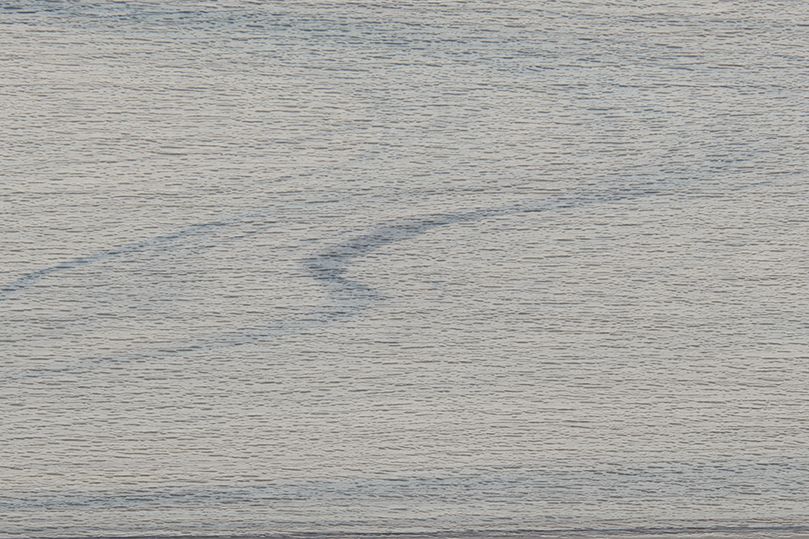
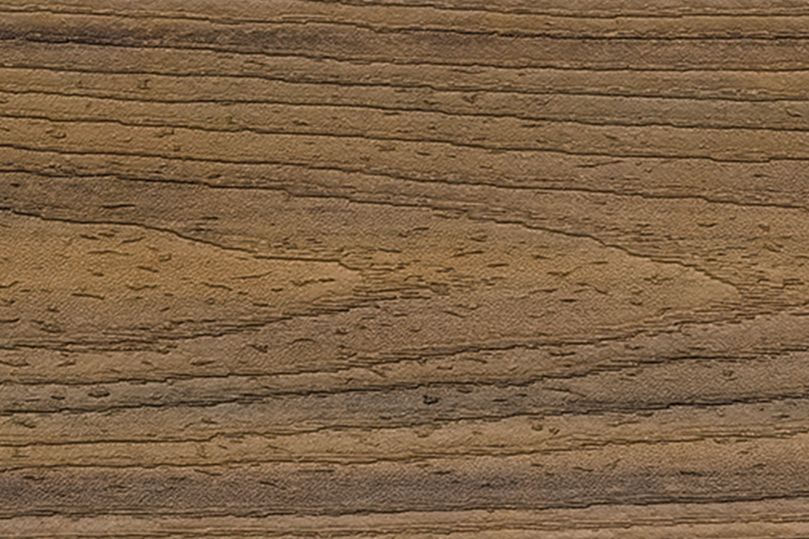
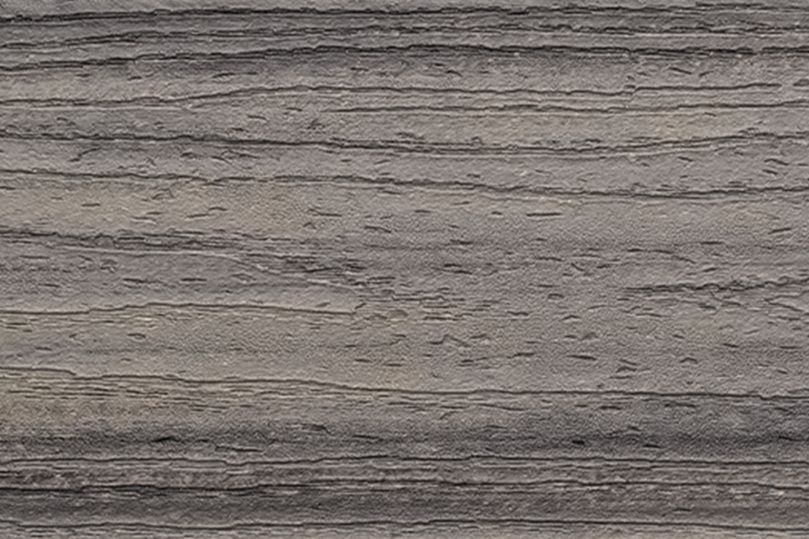
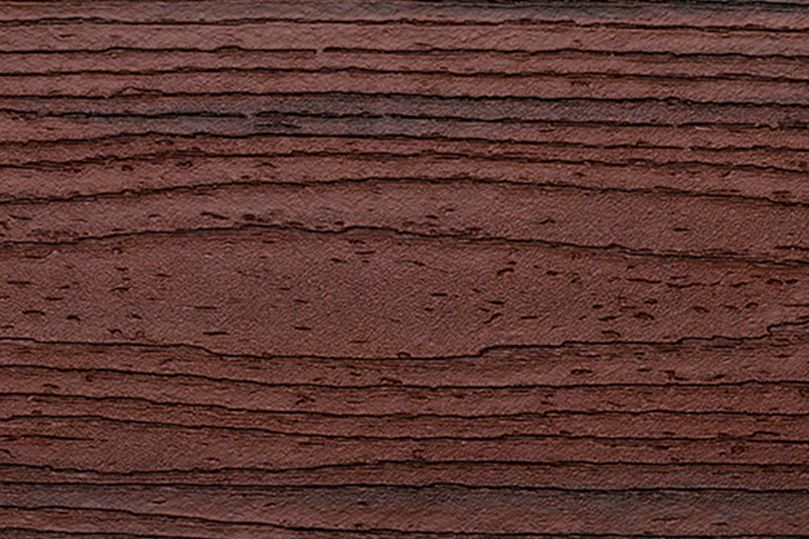
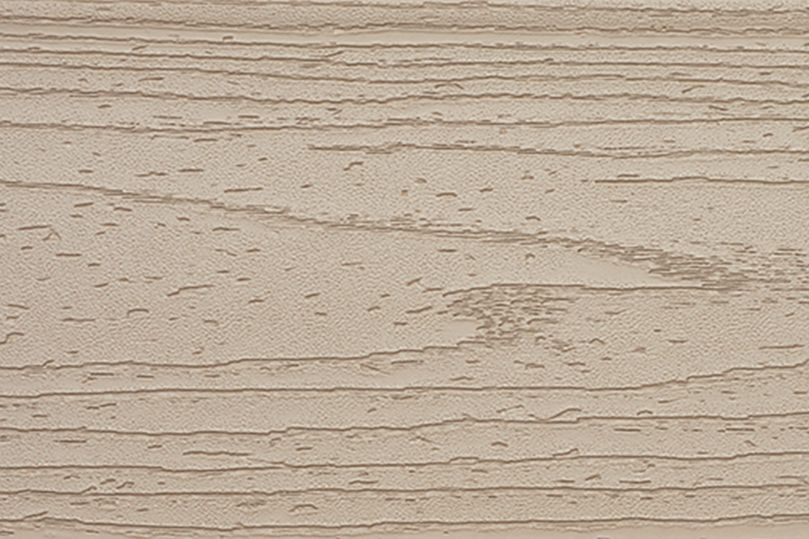
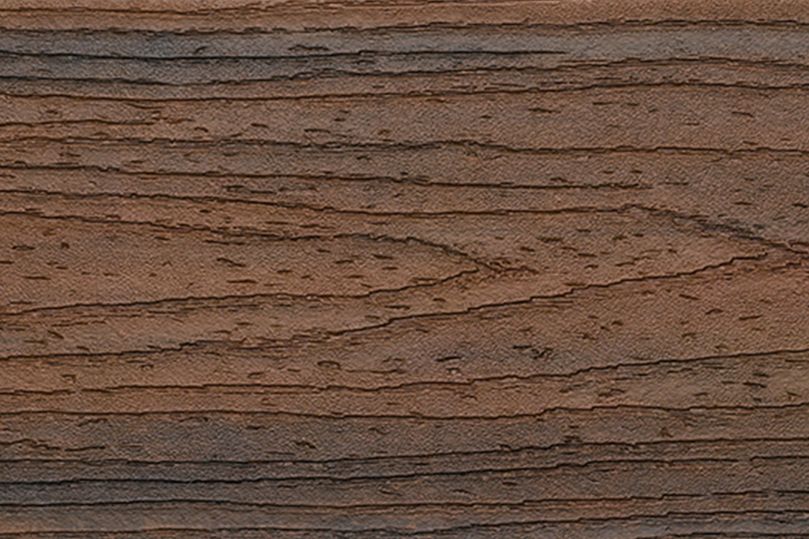
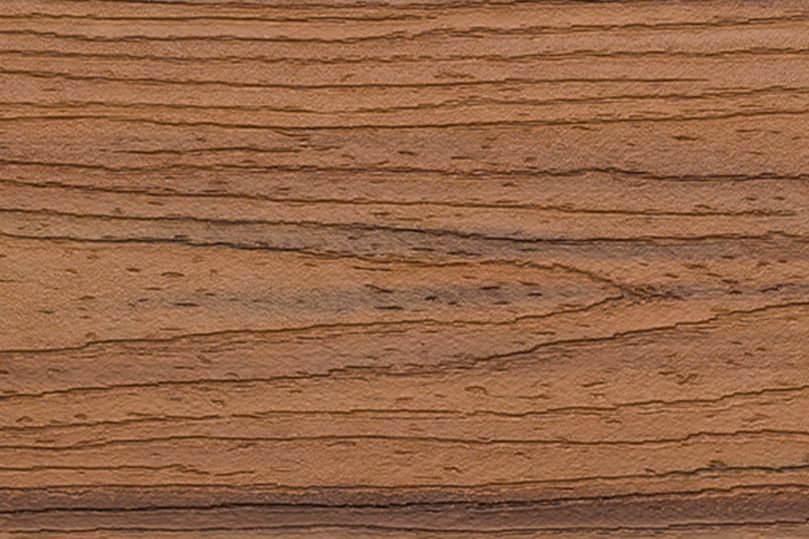
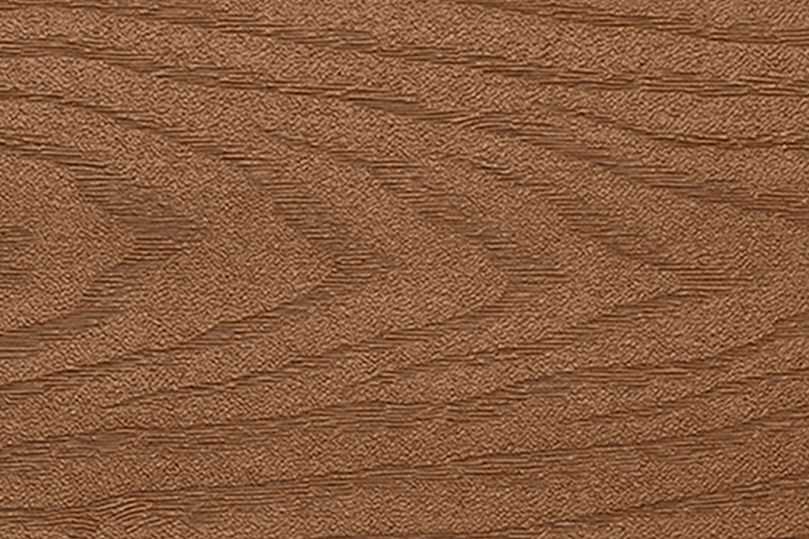
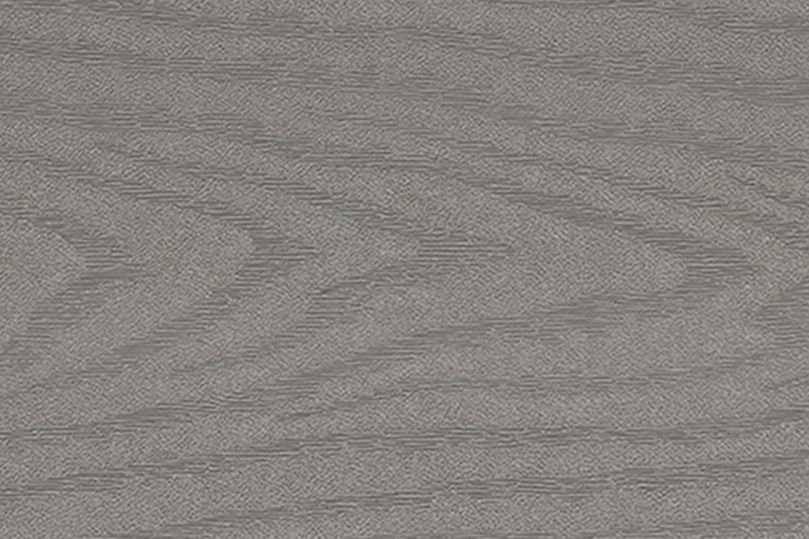
Detailed compliance information on Trex products can be found at https://www.trex.com/customer-support/trex-owners/downloads/.
Explore Trex's WUI-Compliant Boards















Better Products. Better Future.
And we’re not slowing down. We're working on a game-changer: an ignition-resistant decking that meets or exceeds the toughest fire codes out there.
A top-tier plank that's even safer. Decking worthy of the Trex name and its commitment to being environmentally friendly.
Because at Trex, we believe every choice should honor the earth we're living on as much as those standing on our decks. We don't cut corners. We don't take shortcuts. We do the right thing because the right thing is the right thing to do.
Better fire safety isn't our job. It's our promise. You have our word on it.
Better Products. Better Future.
We're working on a game-changer: an ignition-rated decking that meets or exceeds the toughest fire codes out there.
A top-tier plank that's even safer, even greener, even more sustainable. Decking worthy of the Trex name and its commitment to being environmentally friendly.
Because at Trex, we believe every choice should honor the earth we're living on as much as those standing on our decks. We don't cut corners. We don't take shortcuts. We do the right thing because the right thing is the right thing to do.
Better fire safety isn't our job. It's our promise. You have our word on it.
Yes. Trex composite decking is sustainably made in the USA from up to 95% recycled plastic film and reclaimed wood.
When choosing fireplaces and fire pits, there are various options, each with distinct benefits and considerations. Here are our recommendations for safe installation on Trex decking:
For gas-burning fire pits/fireplaces, these are typically installed by cutting around the Trex decking, not directly on top of it. A fire-resistant material is placed underneath, and a protective stone wall or similar material is used to contain the fire and shield the decking from heat. Gas fireplaces should not be placed directly on Trex decking without proper protection. Propane tables are generally safe, as they don't produce downward heat. Trex Outdoor Furniture also offers propane tables to complement their furniture collections.
For wood-burning fire pits, these should not be placed directly on Trex decking unless a heat barrier is used. While we don’t have a specific recommendation for heat barriers, many are available on the market. It's important to note that Trex can soften at temperatures as low as 176°F, and the intense heat or embers from a wood-burning fire can damage the decking.
With pressure-treated wood decks, maintenance costs add up over time. Although Trex costs more initially, you'll never have to sand, stain or paint your Trex deck. Over the life of your deck, those reduced maintenance costs add up to a greater value than wood—not to mention the value of the added time spent enjoying your deck rather than working on it. If you would like to see the difference in maintenance costs for your deck of wood vs composite, visit our Decking Comparison page.
Trex products offer superior durability and performance that you can't get from wood. Trex decking resists termites, won't rot, warp, or splinter-and never needs staining or painting. What's more, Trex decking is made from 95% recycled materials: That's an eco-friendly decking choice you can feel great about. To learn more please review our Trex vs. Wood page.
This content was partially or fully generated by AI and has been reviewed by our team to ensure accuracy and relevance.




































